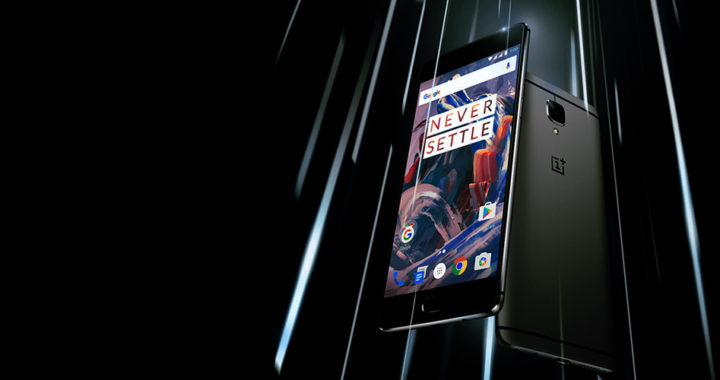Chinese smartphone manufacturer Shenzhen OnePlus Science & Technology Co., Ltd. debuted its Optic AMOLED display panel on its OnePlus 3 flagship device in 2016.
This apparent new display panel technology drew considerable attention and curiosity from the public. Media coverage was also substantial. But what is Optic AMOLED? How is it different from Super AMOLED display technology from Samsung?
It appears there is no substantial difference between Optic AMOLED and Super AMOLED. Both are arguably one and the same. The “optic” labeling is essentially an attempt to rebrand the Super AMOLED panels used by OnePlus.
Note that other smartphone manufacturers have also rebranded their respective AMOLED panels. In 2011 for example, Motorola debuted its Super AMOLED Advanced panel on its Droid Razr smartphone. The panel featured a qHD resolution. It is also brighter and 25 percent more energy efficient than the earlier generations of Super AMOLED panels from Samsung.
There is still a subtle difference between Optic AMOLED and Super AMOLED however. OnePlus representatives explained that they applied hardware and software calibrations to adjust the contrast and color temperature of a standard off-the-shelf Super AMOLED panel. The company claims that the resulting Optic AMOLED has a more color reproduction.
Because an Optic AMOLED display is essentially a Super AMOLED display, it uses a pentile matrix panel with an integrated digitizer to promote thinness and improve outdoor visibility.
The pros and cons of AMOLED remain applicable nonetheless. This means that some of the advantages of Optic AMOLED include high contrast ratio, wide viewing angle or viewing cone, and power efficiency, among others. OnePlus can also use this display panel to introduce newer smartphones with innovative and ergonomic design and form factors because another advantage of AMOLED involves lightness and flexibility.
When compared against in-plane switching or IPS display panels, the disadvantages of Optic AMOLED include shorter lifespan due to susceptibility to screen burns. Take note organic materials are essentially highly vulnerable to water damage unlike the diodes in LED and inorganic crystalline found in LCD. Another notable disadvantage is poor outdoor visibility.

